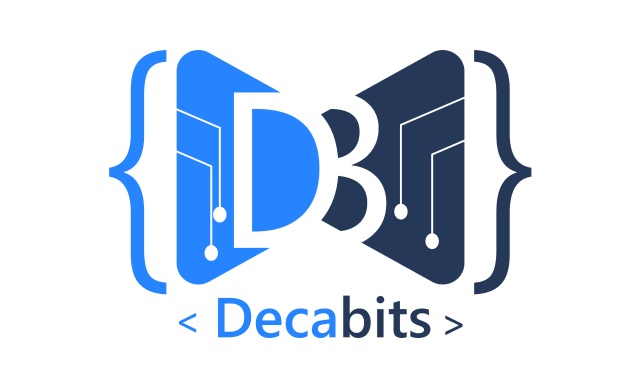
What is web development?
Social media, websites, and blogs have taken the internet by storm since the past decade. The constant urge to build, design, and develop attractive pages with creative content has become the need of the hour. Web development exactly fits in here. As the name suggests, it is extensively involved in developing websites that can range from a simple static page to complex websites. Web development can be broadly divided into 3 categories:
- Front-end development
- Back-end development
- Full-stack development
Let’s get into the details of each type of development given above.
Types of web development
Front-end development
Every single day, we do not miss the chance to open our browser and look into various things that might interest us. Our mind is constantly hungry and the internet feeds us with the right amount of knowledge. Ever wondered how good the design of any web page looks like? For example, you open Amazon, the first thing you see is the landing page. Who designs this? How is it designed? What tools are required to build this page? These are the most common questions, to begin with. In simple words, what you see in front of your eyes is what a front-end designer designs. In order to create the front end of the website, a developer should have good knowledge of HTML, CSS, and JavaScript programming. Using these tools, a front-end developer can closely work with user experience analysts and can also identify issues in user experience and provide solutions for improving the structure of the design.
HTML
HTML stands for Hyper Text Mark-up Language. It is a standard mark-up language used for creating web pages. It is used to describe the structure of the web page and tells the browser how to display the content. HTML uses predefined tags and elements which tell the browser about content display property. If a tag is not closed then the browser applies that effect till the end of the page. The Basic Structure of the HTML page is given below. These elements are used to build blocks of web pages.

CSS
CSS stands for Cascading style sheets. It describes how HTML elements are to be displayed on the screen. It can also control the layout of multiple web pages all at once. In simple words, CSS is used to bring life, color, and visual appeal to any website.
JavaScript
JavaScript is the most popular programming language of the web. It is a cross-platform, object-oriented scripting language used to make webpages interactive. Inside a host environment (for example, a web browser), JavaScript can be connected to the objects of its environment to provide programmatic control over them.
Back-end development
The back end of a website consists of a server, an application, and a database. A back-end developer builds and maintains the technology that powers those components which, together, enable the user-facing side of the website to even exist in the first place. Backend developers collaborate with their clients and business stakeholders in order to understand their needs and develop the code accordingly. In order to make the server, application, and database communicate with each other, back-end developers use server-side languages like PHP, Ruby, Python, Java, and .Net to build applications.

Full-stack development
In simple words, a full stack developer is the jack of all trades. They work on both the front end as well as back end development of the website. A full-stack developer ensures that every part of the system runs smoothly. They are used for developing both client and server software and along with acquiring knowledge on HTML/CSS they are used to program a browser (JavaScript, jQuery, Angular, or Vue), program a server (PHP, ASP, Python, or Node) and program a database (SQL, SQLite, or MongoDB). Using these tools, full-stack developers will be able to immediately identify the client- and server-side responsibilities of a solution.

The bottom line
Web development may initially look like a vast ocean with no immediate destination, but working every day relentlessly, diving deeper with each passing day can help you master this niche.
